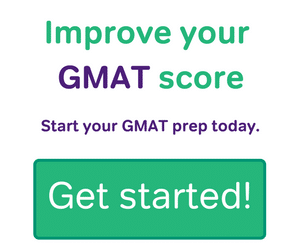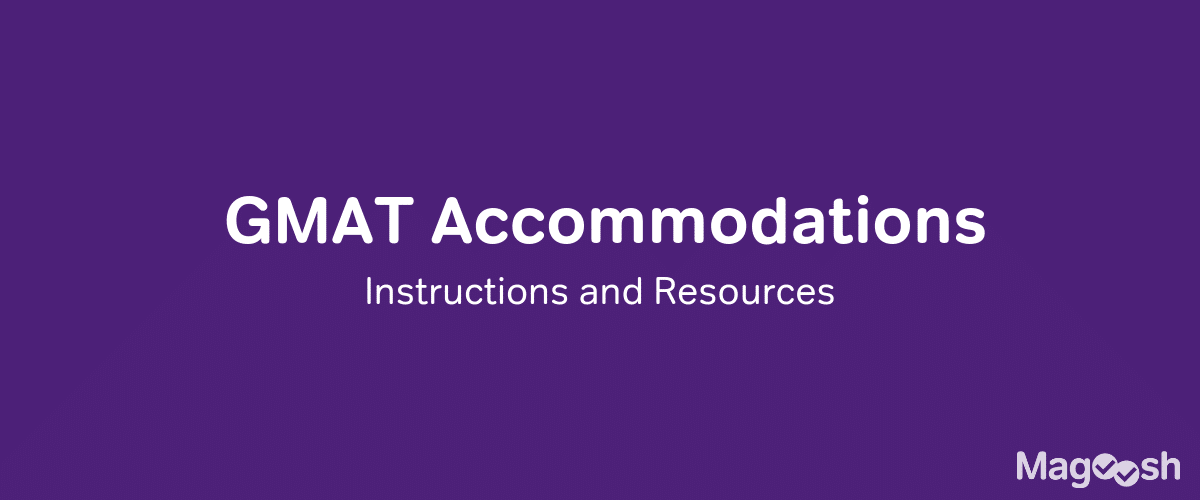First, here are a few questions to whet your appetite:
1) The CEO attributed the relative success of Framingham Corporation to both their traditional values and to the CFO’s innovative reorganization of the divisional income scheme.
(A) to both their traditional values and to
(B) to both its traditional values and
(C) both to its traditional values and
(D) both to their traditional values and
(E) both to their traditional values and to
2) In the United States, a jury consists either of six citizens, in a civil case, or the twelve required by a criminal case.
(A) either of six citizens, in a civil case, or the twelve required by
(B) either of six citizens, in a civil case, or of the twelve required by
(C) either of six citizens, in a civil case, or the twelve required for
(D) of either six citizens, in a civil case, or of the twelve required for
(E) of either six citizens, in a civil case, or the twelve required for
3) Direct democratic governance, exemplifying not the United States’ Electoral College but most of the systems of Western European nations, has its roots in the innovative system of ancient Athens.
(A) exemplifying not the United States’ Electoral College but
(B) exemplifying not the United States’ Electoral College but by
(C) exemplified not by the United States’ Electoral College but by
(D) exemplified not by the United States’ Electoral College but
(E) exemplified by not the United States’ Electoral College but by
Explanations will follow below.
Parallelism
Obviously, the GMAT loves to test parallelism on Sentence Correction. One of the advantages of parallelism — and one of the tricky things about it — is that we don’t have to repeat in the second branch words that were said in the first branch. For example, we don’t have to say:
That sentence, of course, is an unholy nightmare! Parallelism allows for a remarkable simplification:
4b) Doug goes to his hometown to visit his family more than Marcia does.
Here, we used the trick of repeating a predicate. Parallelism is extraordinary, because it allows for an efficient streamlining of a rather sophisticated set of ideas.
Often, both elements in parallelism will have the same introductory word: for example, if prepositional phrases are in parallel, the preposition itself applies to both branches. The rules of parallelism allow one to either repeat the preposition or not, under ordinary circumstances.
5a) The CEO went to the conference with the financial office staff and with the HR director.
5b) The CEO went to the conference with the financial office staff and the HR director.
Both of those sentences are grammatically correct. They may imply slightly different things, but that’s a level of subtlety with which the GMAT is not concerned in the least. Notice, though, that technically in #5a, the two separate prepositional phrases are in parallel, and in #5b, there’s just one prepositional phrase and the two objects are in parallel within that single prepositional phrase. Another way to say that is: in #5a, the parallelism begins before the prepositions and includes them, whereas in #5b, the parallelism begins after the preposition and is included within the prepositional phrase. Technically, the two structures are quite different, but the only difference is the presence or absence of the second preposition, and both are 100% correct.
Correlative conjunctions & parallelism
If P and Q are the two elements in parallel, then most forms of parallelism involve some word or words between P and Q. Sometimes, though, there’s a matched pair of words, correlative conjunctions, which are used together to establish the parallel structure. Examples include:
either A or B
neither A nor B
both A and B
not A but B
not only A but also B
not just A but also B
not so much A as B
between A and B
Notice, when we use a correlative conjunction, then the first word clearly establishes where the parallelism begins. Hmm. As you may surmise, this raises some tricky issues with respect to where we might put a preposition preceding parallel elements.
Once outside or twice inside
Suppose we want to put two elements in parallel that have a preposition. Let’s pick the preposition “to” as an example. We want to put the elements “to P” and “to Q” in parallel. Now, suppose they are going to be joined by a correlative conjunction, say, “not only … but also“. The questions are: do we use one “to” or two “to‘s”, and where do we put the “to‘s”?
It turns out, as with #5a and #5b above, there are two different perfectly correct structures. As in #5a, we can have separate prepositional phrases in parallel, so the preposition is included both times as part of the parallelism; or as in #5b, we can have the parallelism happening within the prepositional phrase, following the preposition, so that the preposition itself stands outside the parallelism. The first of these I will call the “twice inside” case, and the second I will call the “once outside” case. Here are the two correct structures:
6a) not only to P but also to Q (twice inside)
6b) to not only P but also Q (once outside)
Both of those are 100% grammatically and logically correct. Obviously, those very precise forms admit of different kinds of “near miss” forms that are completely wrong:
Those are wrong 100% of the time on the GMAT. If you are not reading carefully, or don’t think through the precise logic, then it would be easy to mistake #6c and #6d for the correct forms, and indeed many GMAT takers do just that. Understanding the deep logic of the sentence organization can help you distinguish the always-correct forms from the always-incorrect forms.
Summary
It may be that, in reading this argument, this topic has come into slightly better focus: if so, you may want to re-try the sentences at the top of the article before reading the solutions below. Here’s another practice GMAT Sentence Correct problem from inside the product:
7) http://gmat.magoosh.com/questions/3290
If you would like to say anything about this topic, or ask a question, then please let us know in the comments sections.
Practice problem solutions
1) Split #1: pronoun error. Framingham Corporation is a collective noun: while it may have many employees, it is singular, and demands the singular pronoun, “its“. The pronoun “their” is incorrect, and choices (A) & (D) & (E) make this mistake.
Split #2: placement of the preposition and the correlative conjunctions:
(A) to both … and to … (once outside, once inside = incorrect)
(B) to both … and … (once outside = correct)
(C) both to … and … (once inside = incorrect)
(D) both to … and … (once inside = incorrect)
(E) both to … and to … (twice inside = correct)
Because of both of these splits, (B) is the only possible answer.
2) Split #1: logical mistake. Both “required by” and “required for” are grammatically correct, but they mean very different things. We have to think about the meaning in context. The fundamental contrast of the sentence concerns: how many folks on a civil jury vs. how many folks on a criminal jury — that’s 6 vs. 12. What the sentence wants to say is “the twelve required for a criminal case.” In other words, something else, outside of the sentence, requires a criminal jury to have 12 members. That’s the correct meaning. (BTW, various Supreme Court decisions established jury size.)
The structure “the twelve required by a criminal case” means that, somewhere unspecified, there’s a single criminal case that, for some reason, has made a requirement, a requirement for “the twelve” to do something, what we don’t know!! That’s nonsense!! That is completely different from the contrast the sentence is trying to establish. Therefore, the choices with “by“, choices (A) and (B), are incorrect.
Split #2: placement of the preposition and the correlative conjunctions:
(A) either of …. or … (once inside = incorrect)
(B) either of …. or of … (twice inside = correct)
(C) either of …. or … (once inside = incorrect)
(D) of either …. or of … (once outside, once inside = incorrect)
(E) of either …. or … (once outside = correct)
Because of both of these splits, (E) is the only possible answer.
3) Split #1: part vs. whole, “exemplifying” vs. “exemplified by“. What’s an example of what? Well, the big category is “direct democratic governance“, and individual countries do or don’t fall into this overarching category. We say “[specific] exemplifies [general]” or “[general] is exemplified by [specific].” The subject here is the big category, the general, so we need “is exemplified by.” The choices with the active “exemplifying“, choices (A) & (B) are incorrect.
Split #2: placement of the preposition and the correlative conjunctions. We will consider only the last three choices, and the placement of “by” that accompanies the passive voice.
(C) not by …. but by … (twice inside = correct)
(D) not by …. but … (once inside = incorrect)
(E) by not …. but by … (once outside, once inside = incorrect)
Because of both of these splits, (C) is the only possible answer.







Leave a Reply